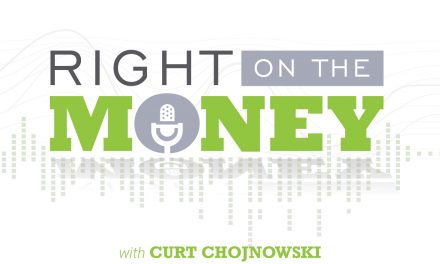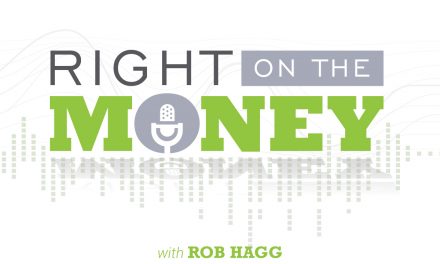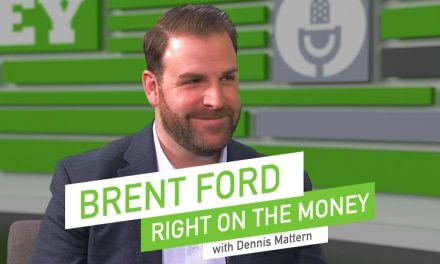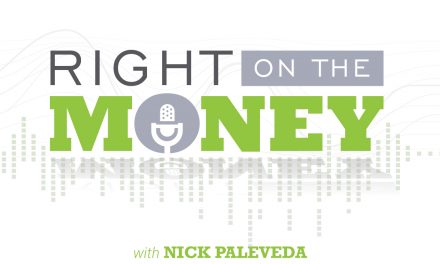Qualifying for Social Security benefits seems easy enough to understand if you’re a W2 employee or self-employed tax payer. To qualify for Social Security, you need 40 quarters of wages subject to Social Security payroll taxes. That’s just 10 working years, which seems like a low entry point into the program. But Social Security benefits are based on the average of the highest 35 years of earnings. That’s the real number, a number you need to become acquainted with.
There are several life scenarios you have experienced that may motivate you to work longer to achieve a better average of the highest 35 years of earnings. Perhaps when you were younger, you worked a low-paying job for years or there were years where you earned little to nothing. Those periods of low or no earnings can drag down your average and negatively impact your lifetime benefits. If you’re living on your investment portfolio, investment income is not counted as wages. If fact, capital gains, government benefits, inheritances and annuity or pension income are not characterized as wages and are not eligible for payroll taxes.
In addition, income from limited partnerships, interest received from a loan, dividend and bond interest income are non-included income sources, so they don’t count as income for Social Security. But what does count, as wages, is your hourly pay, salary, bonuses, commissions, severance pay and an employee’s contribution to a pension or retirement plan.
Social Security benefits are funded through payroll deductions. An employee and their employer each currently pay 6.2 percent for the first $118,500 of taxable earnings into Old Age Survivor and Disability Insurance (OASDI, i.e., Social Security). Both employer and employee also pay 1.45 percent each on all taxable earnings for Medicare. Some affluent Americans are paying an additional health insurance tax of .9 percent1, imposed by the Patient Protection and Affordability Care Act, i.e., Obamacare.
OASDI payroll taxes can also be significant for the self-employed, who are obligated to pay a total 12.4 percent for the first $118,500 of taxable earnings and 2.9 percent for all wages.
1 Social Security Administration. The dollar amount of wages subject to OASDI is termed the “wage base.” The wage base is subject to adjustment each year for changes in the national average wage.
Syndicated financial columnist and talk show host Steve Savant interviews Tom Hegna, popular platform speaker; best selling author and retirement expert. Tom hosted the PBS Television Special “Don’t Worry Retire Happy.” The television special was designed after Tom’s latest book, “Don’t Worry Retire Happy.” Tom’s first book, “Playchecks and Paychecks” drew critical acclaim from financial advisers and insurance professionals. Right on the Money is a weekly one hour financial talk show for consumers (www.rightonthemoneyshow.com) and is underwritten by CreativeOne, Inc.





